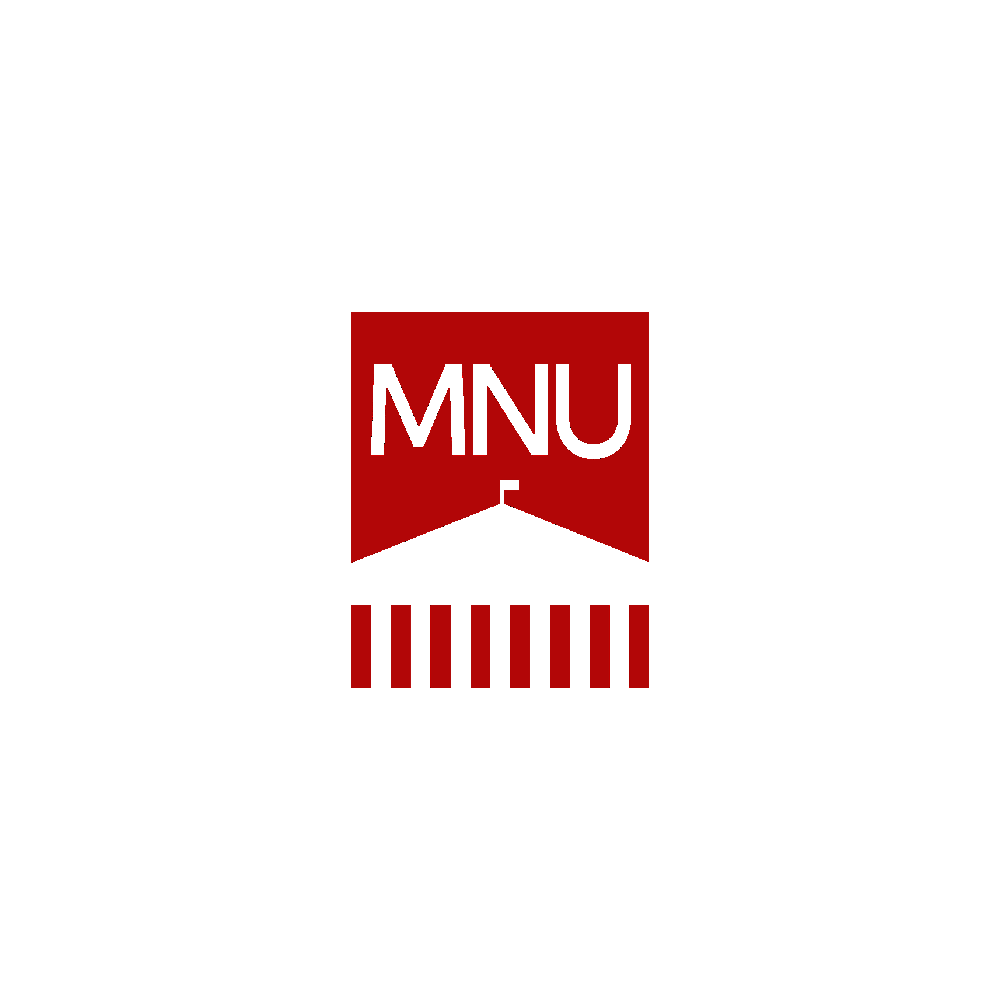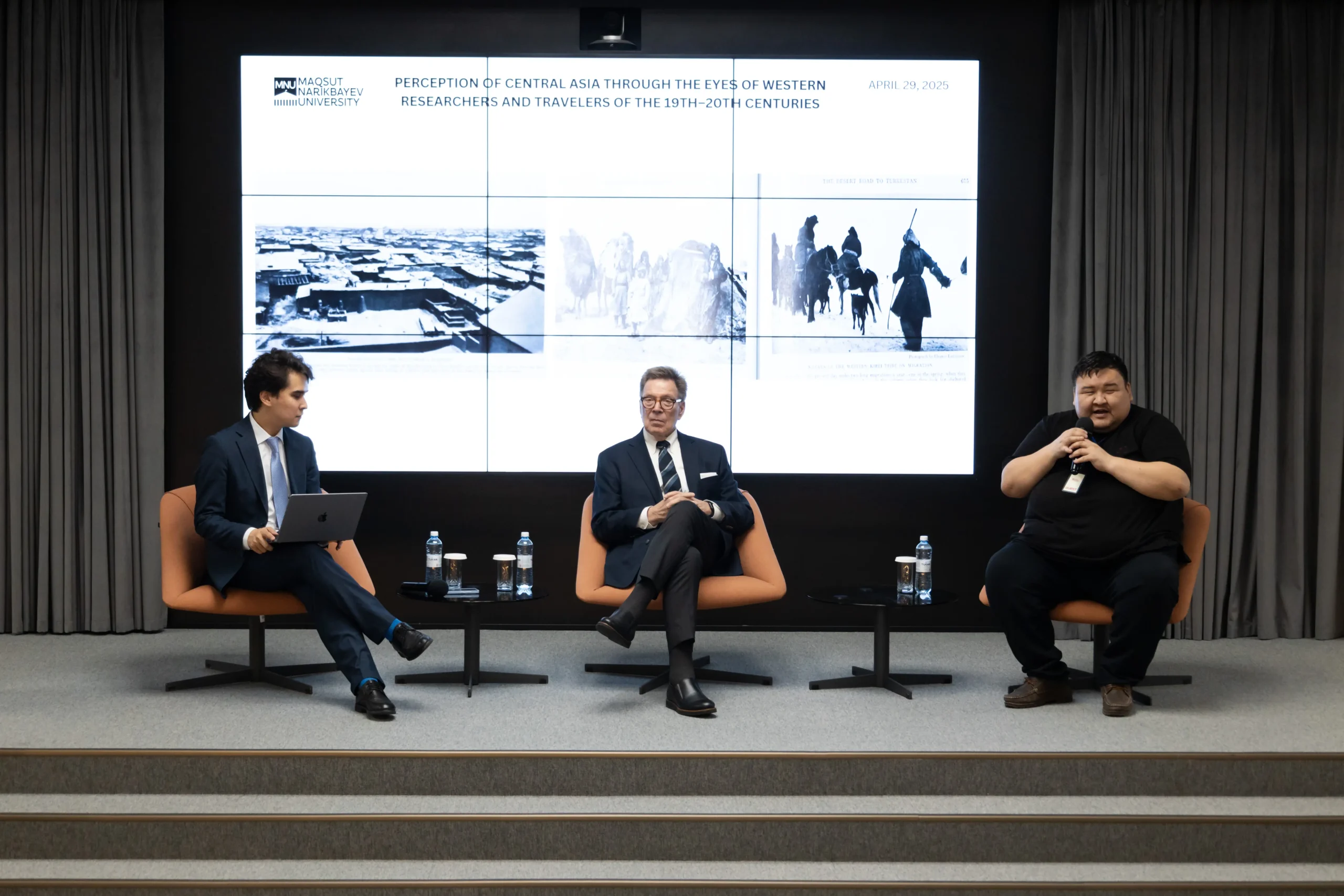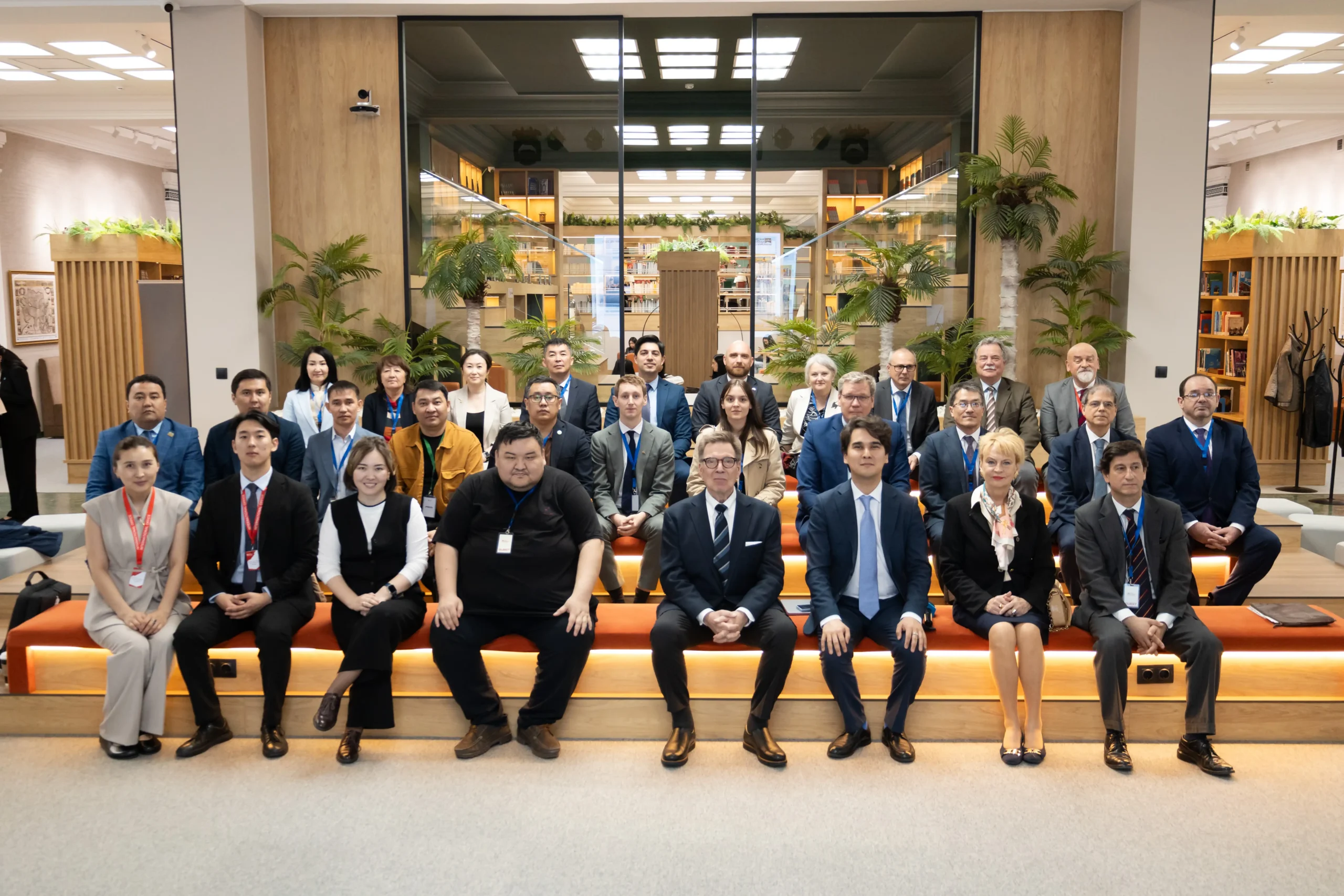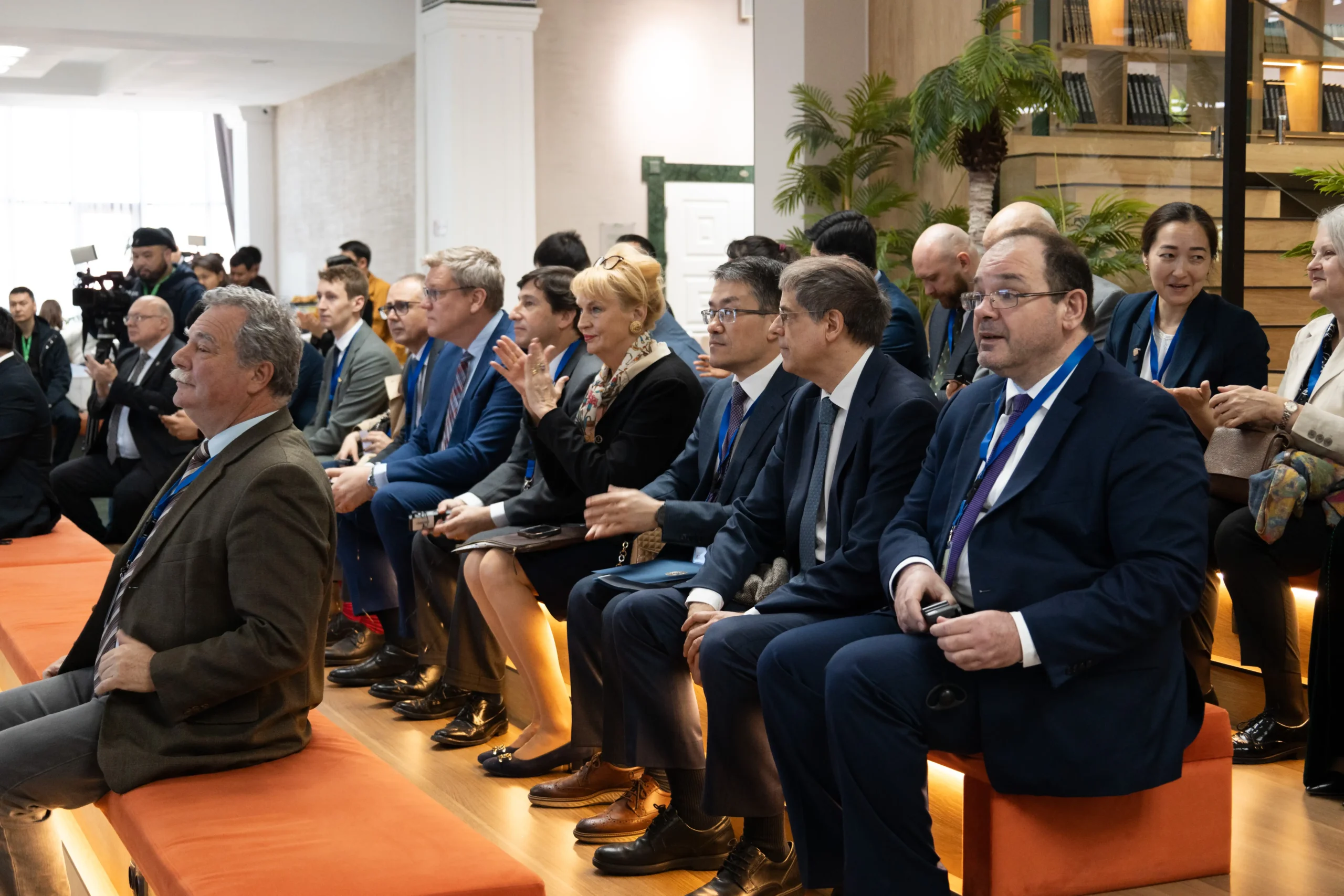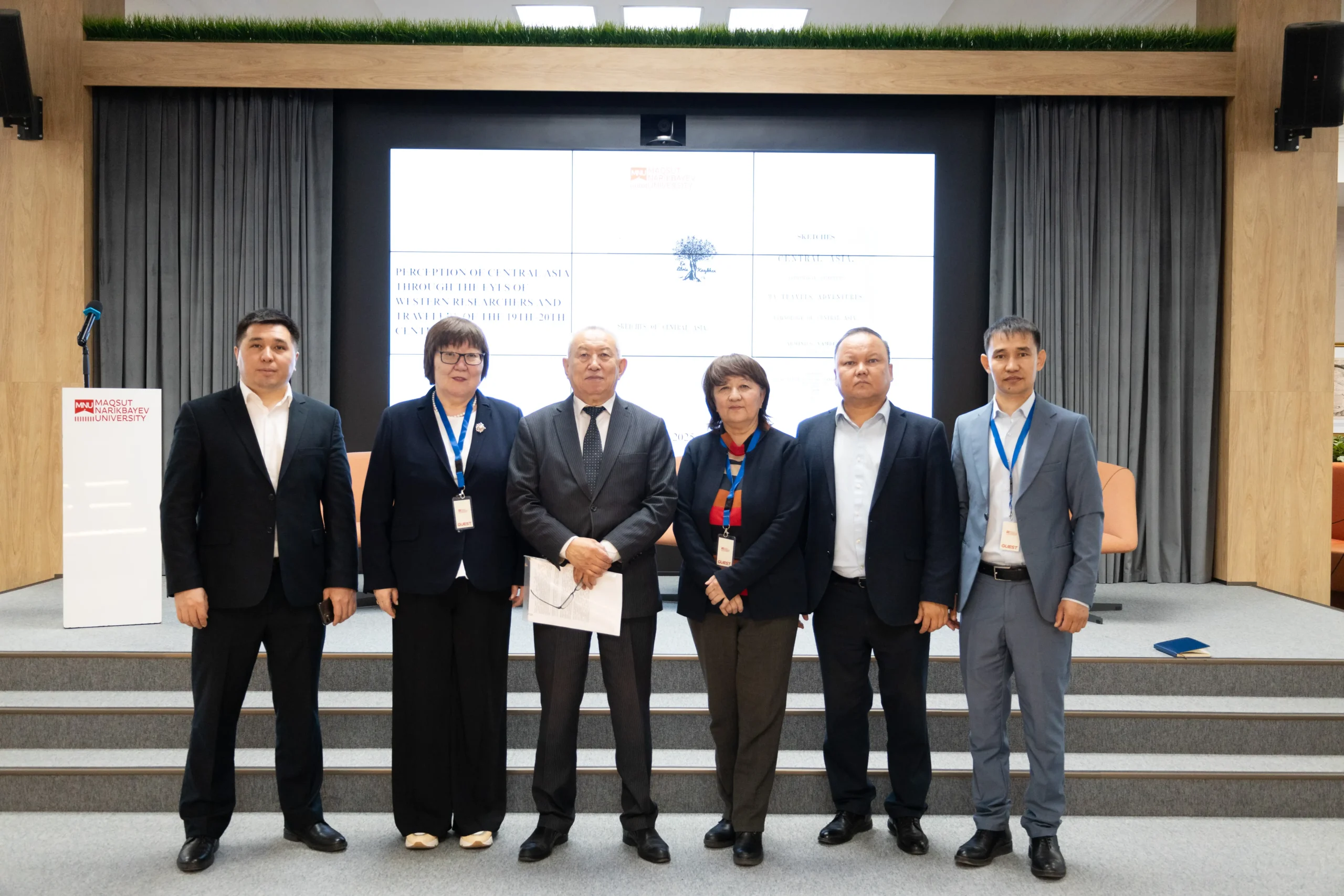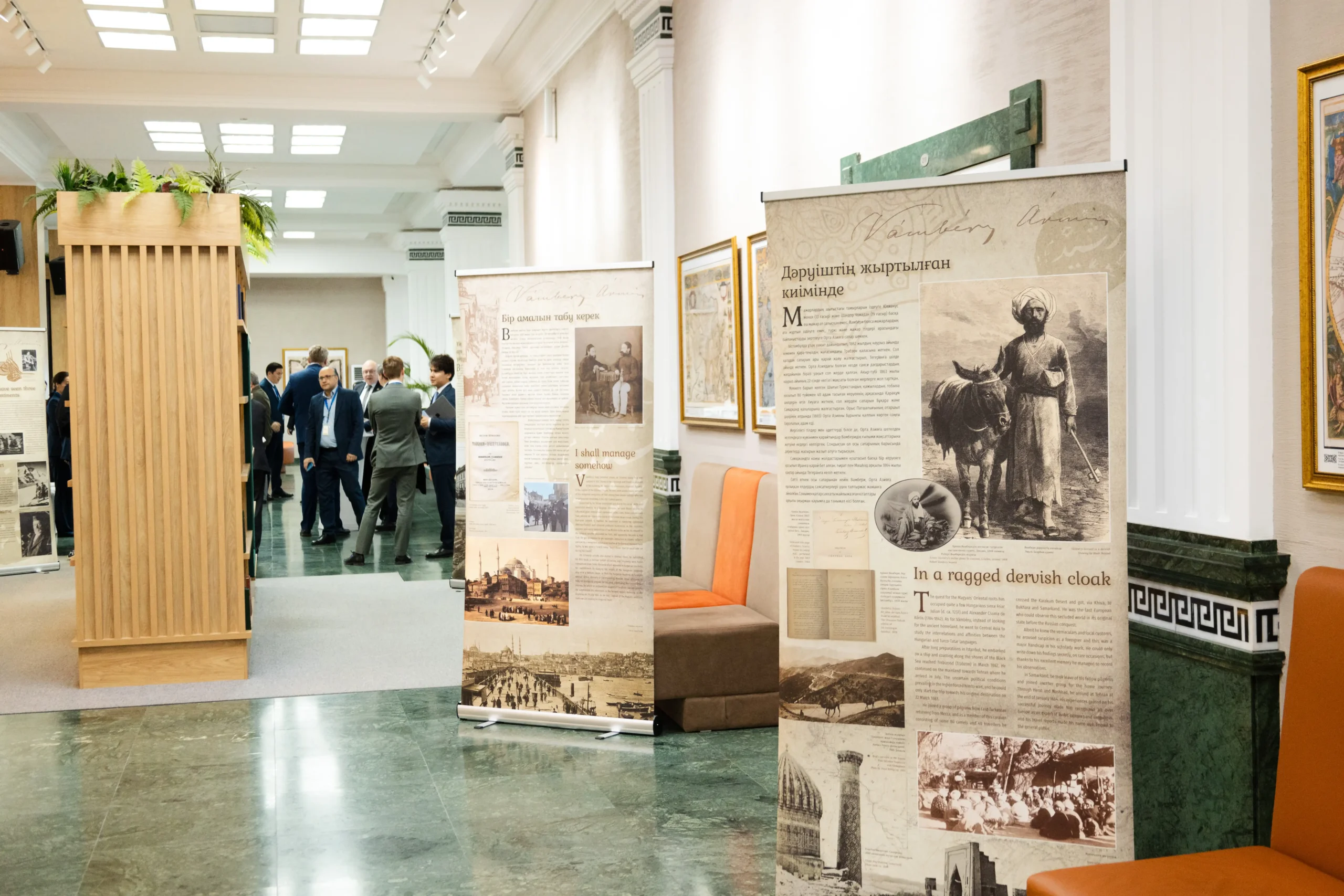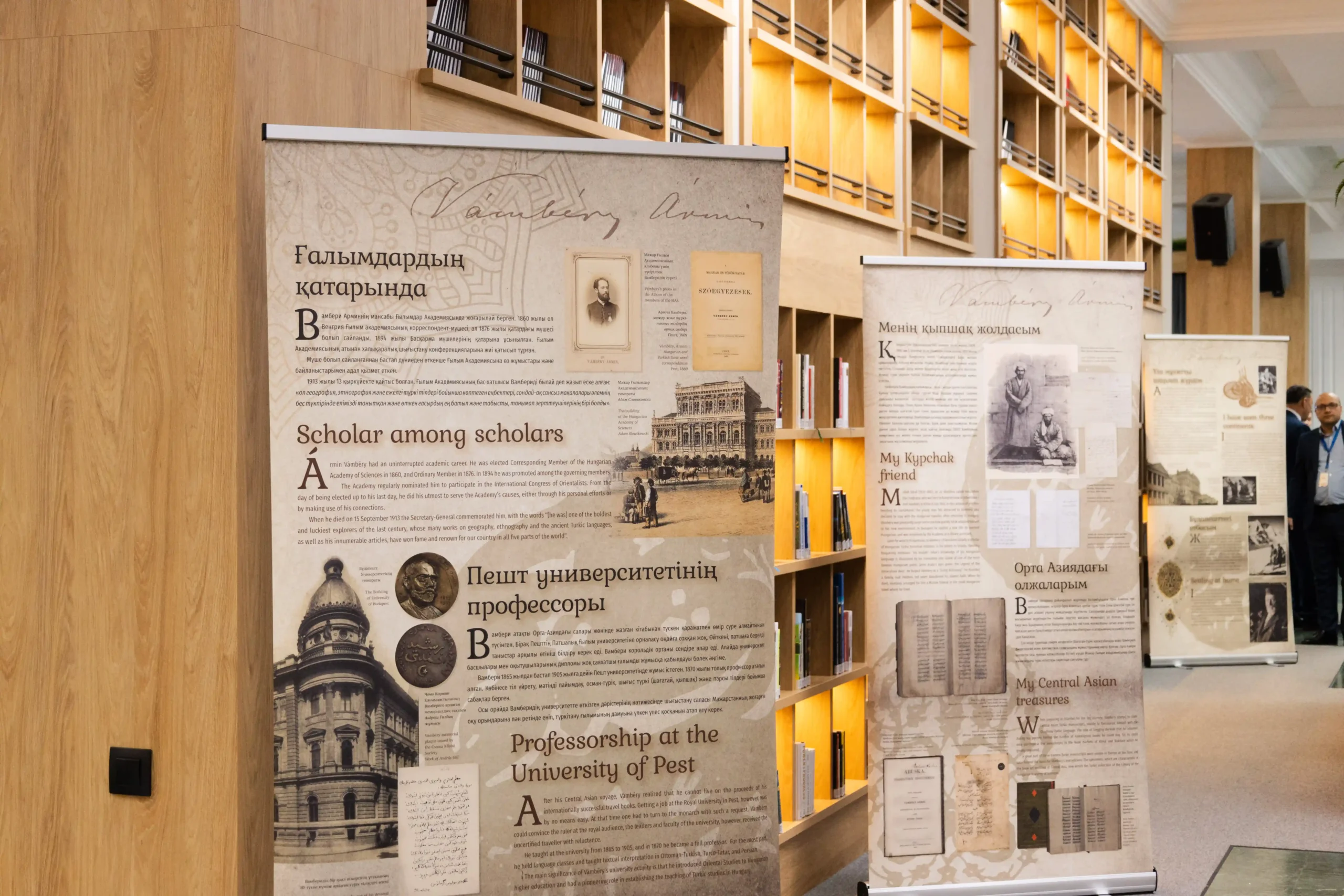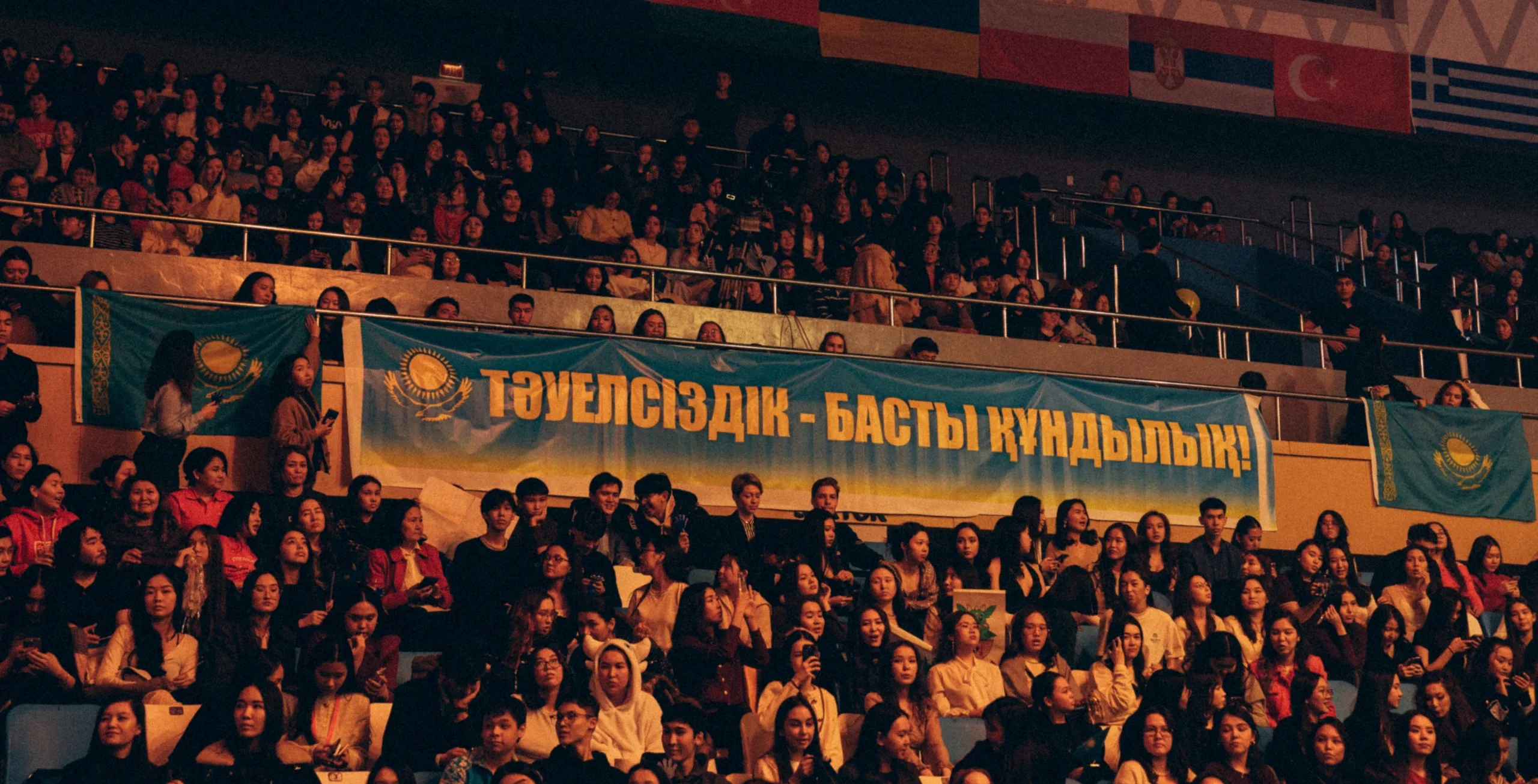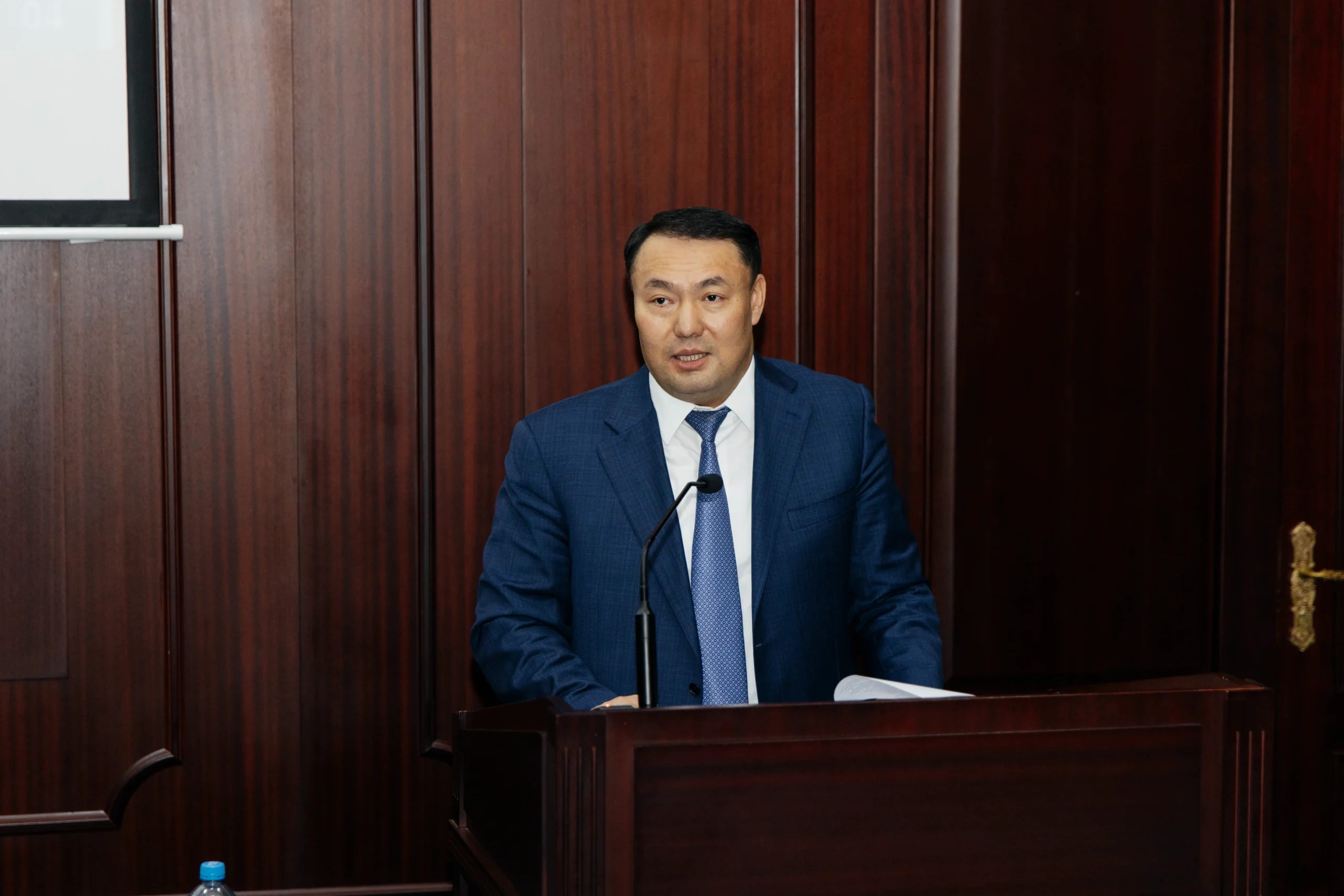Maqsut Narikbayev University (MNU) hosted the first exhibition of the “Perception of Central Asia through the Eyes of Western Researchers and Travellers of the XIX–XX Centuries” project. The event showcased unique archival materials vividly illustrating the life and culture of the region during this historical period.
The exhibition was organised in collaboration with the Embassy of Hungary to Kazakhstan and focused on the legacy of the renowned Hungarian orientalist and traveller Ármin Vámbéry. The display included digitised photographic materials from his publication Journey to Central Asia (1868), as well as a collection of rare historical images. The event brought together representatives from the Ministries of Science and Higher Education and Foreign Affairs of the Republic of Kazakhstan, members of the diplomatic corps, historians, international experts, and journalists.
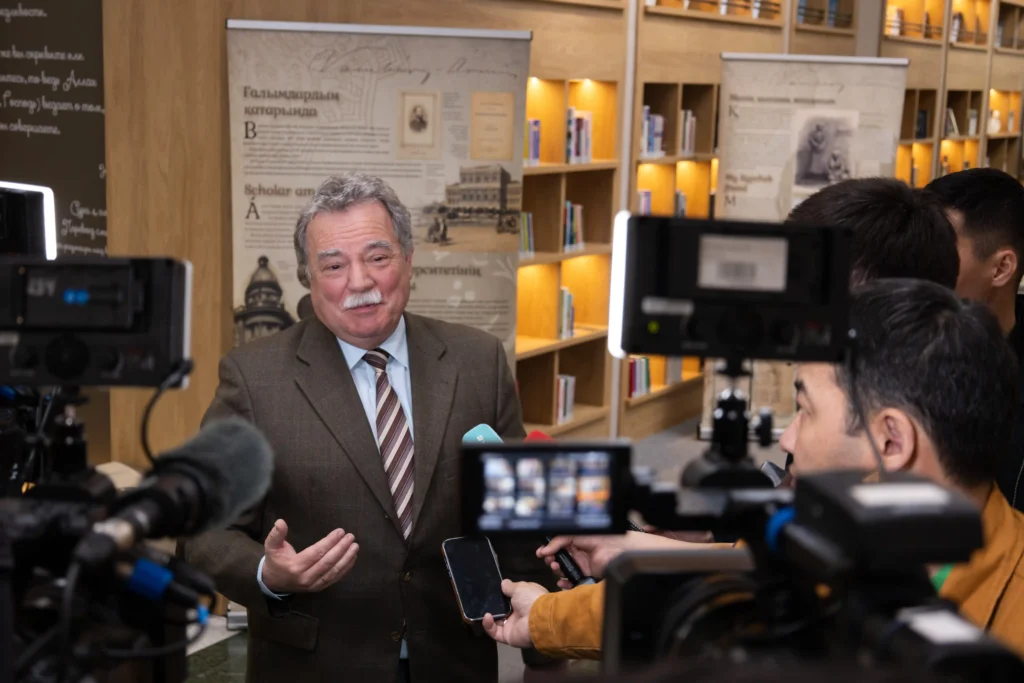
“The exhibition at Maqsut Narikbayev University is a significant milestone, reflecting the evolution of Turkology as a scientific discipline and its development in Hungary. Ármin Vámbéry, one of the pioneers of global Turkology, devoted his work to tracing the origins of the Hungarian tribes that settled in Central Europe. He was the first to raise the discussion, which remains relevant to this day: whether the Hungarian language belongs to the Turkic or Finno-Ugric language family. Vámbéry’s contributions laid a robust foundation for the spiritual and cultural bond between Hungary and the people of Central Asia. Thanks to his research, the sense of kinship between Kazakhs and Hungarians endures to this day,” noted Otto Ivan Rona, Ambassador Extraordinary and Plenipotentiary of Hungary to Kazakhstan.
The project aims to promote the historical heritage of Central Asia through the perspectives of Western ethnographers, travellers, orientalists, and linguists. Through the digitisation of archival sources, including materials from renowned publications such as National Geographic, visitors were offered a unique opportunity to explore how the region’s culture, daily life, and politics were perceived across different historical eras.
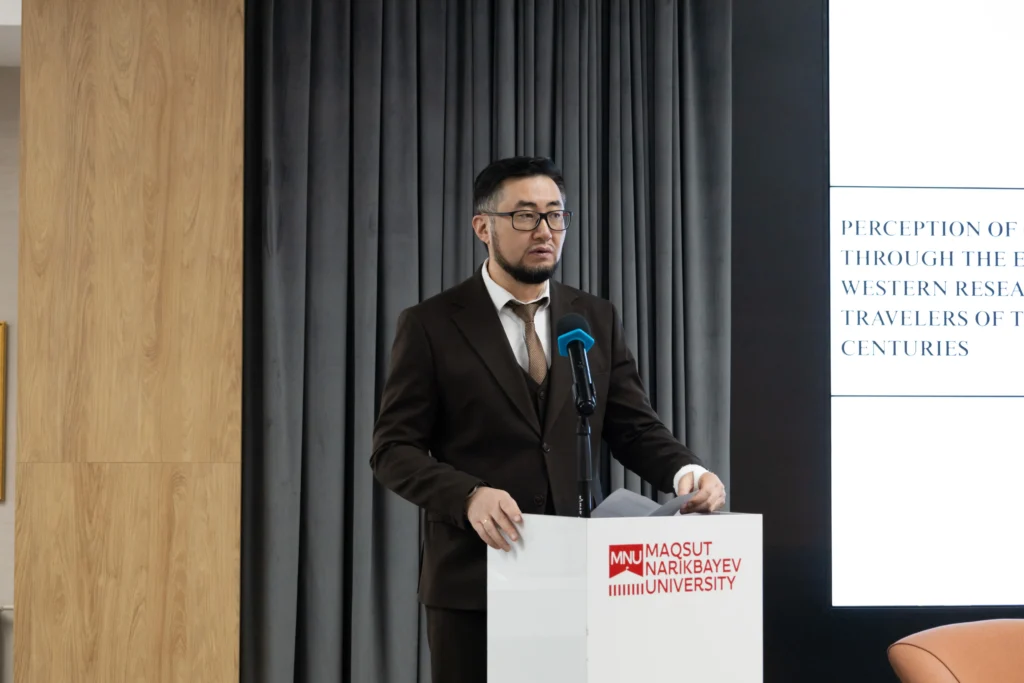
“Ármin Vámbéry’s journey through Central Asia opened new paths to mutual understanding between different worlds, and we are proud to share the story within our university walls. At Maqsut Narikbayev University, we deeply value the spirit of research, dialogue, and respect for history. Supporting cultural initiatives like this exhibition is part of our broader commitment: building bridges between nations and inspiring our students to appreciate both their own heritage and the rich variety of global cultures,” stated MNU Provost Sergey Pen.
As Sergey Pen highlighted, the event symbolises the strong and enduring ties between Kazakhstan and Hungary. The Provost expressed sincere appreciation to the Embassy of Hungary and the Ministry of Foreign Affairs for their collaboration in organising the exhibition. The significance and timeliness of the initiative were also underlined by Yerkin Tukumov, Director of the Kazakhstan Institute for Strategic Studies under the President of the Republic of Kazakhstan.
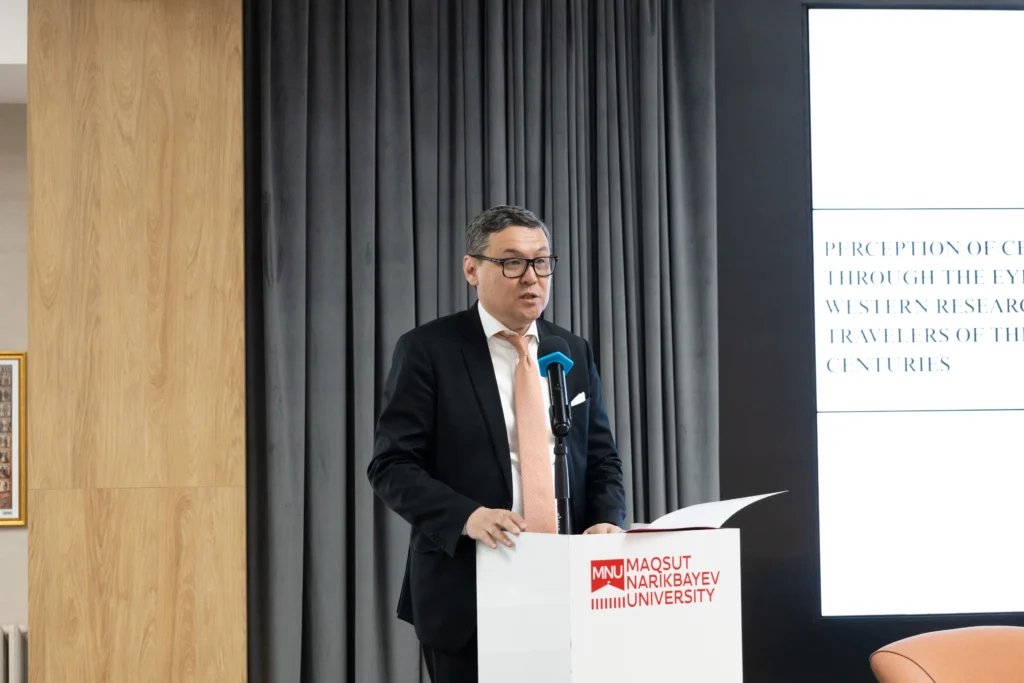
“For thousands of years, the vast steppes, deserts, and cities of Central Asia have served as a bridge between civilisations — a place where merchants, philosophers, and adventurers carried not just goods, but ideas and inspirations across continents. It is a region where East meets West, where the Silk Road stitched together civilisations, weaving a universal tapestry that continues to inspire us today,” emphasised Yerkin Tukumov, the Director of KAZISS.
It is worth noting that Maqsut Narikbayev University places particular emphasis on the spiritual and patriotic education of young people. A key component of this endeavour is the reimagined History of Kazakhstan course, which, in addition to theoretical instruction, includes student visits to significant historical sites and participation in theatrical reenactments of national history.
